For decades, Pachyloba has been one of the most known import woods from Africa. The different kinds of timber of the Afzelia species have various names, depending on origin and spread. A type of wood that looks very similar to Doussie.
- Color: Ranges from light to dark red-brown
- Sapwood: Pale yellow to white
- Texture: Moderately coarse.
- Grain: Straight to Moderately interlocked
- Interlocked Grain: Moderately
- Moisture Content: 12% + Sales
- Weight About: 660-850 kg/m3
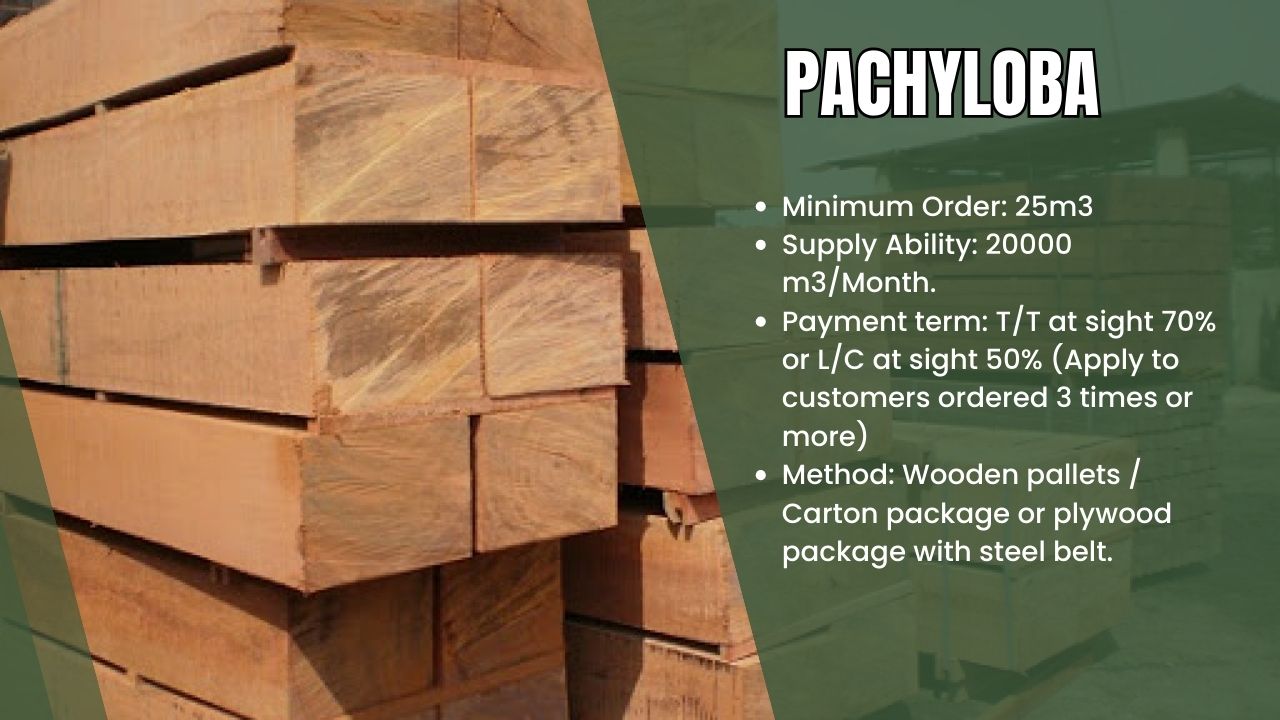
Description
Standing tall amongst the dense foliage of West and Central Africa, the Pachyloba tree (Afzelia pachyloba) is a majestic giant reaching heights of 26 to 40 meters, its sturdy trunk boasting a diameter of up to 1.7 meters. Straight and clear for up to 16 meters, these impressive boles are sometimes complemented by the presence of grand, irregular buttresses.
Pachyloba thrives in the lush embrace of dense evergreen forests, finding its optimal growth where moisture abounds. However, this magnificent species faces a pressing challenge: over-harvesting for international trade, raising concerns about its long-term sustainability.
Pachyloba isn’t simply a breathtaking spectacle; its dense wood is renowned for its exceptional strength and durability. This prized hardwood finds application in a multitude of uses, from crafting exquisite furniture and cabinetry to constructing enduring flooring, docks, and even boat components.
Uses of Pachyloba
- Exterior construction with and without ground contact.
- Construction, industrial floors, packaging
- Parquet
- Joinery and paneling, both interior and exterior, parquet floors, doors, frames, stairs, vehicle bodies, furniture, sporting goods,..

Product certificates
The products from K-Timber meet international quality standards and CITES/ FLEGT Agreement with the EU.
All certificates are renewed every year and term.

NOTICE: Pachyloba wood grown in Angola is 50 years old, distinguished by its excellent stability and low sensitivity to humidity changes.
Product prices
In August, 2022, the price of Pachyloba wood is around $550 per cubic meter.
The prices of Angola Pachyloba wood will be updated weekly in the website https://k-timbers.com.
Where to Buy the Cheapest Pachyloba Wood?
We are a WOOD manufacturing factory with strict processes from exploitation to transportation. K-Timber’s motto is “Cool Price, High Quality”. We are always ready to cooperate with you. Our price is stable for a longer time than others in the market.
With more 20-year history of delivering Timber products to the world, we know your market clearly and support you with our best effort. Being a giant in trading timber products internationally in Vietnam – the biggest broken timber, K-Timber is proud to bring buyers Pachyloba Wood with quality standards and affordable prices.

K-Timber is the loyal vendor of thousands of B2B partners all over the world
- Samples: Send via Express (DHL, VPS, FedEx,..)
- Order: By Air or By Sea based on INCOTERM 2010
- Website: K-Timbers.com
- WhatsApp: (+84) 833333914
- Email: [email protected]
Or, leave a message to us by filling out the form below. Due to time zone differences, we can not respond to you immediately. But we will reply to you as soon as possible within 1 day. Thanks for contacting us!


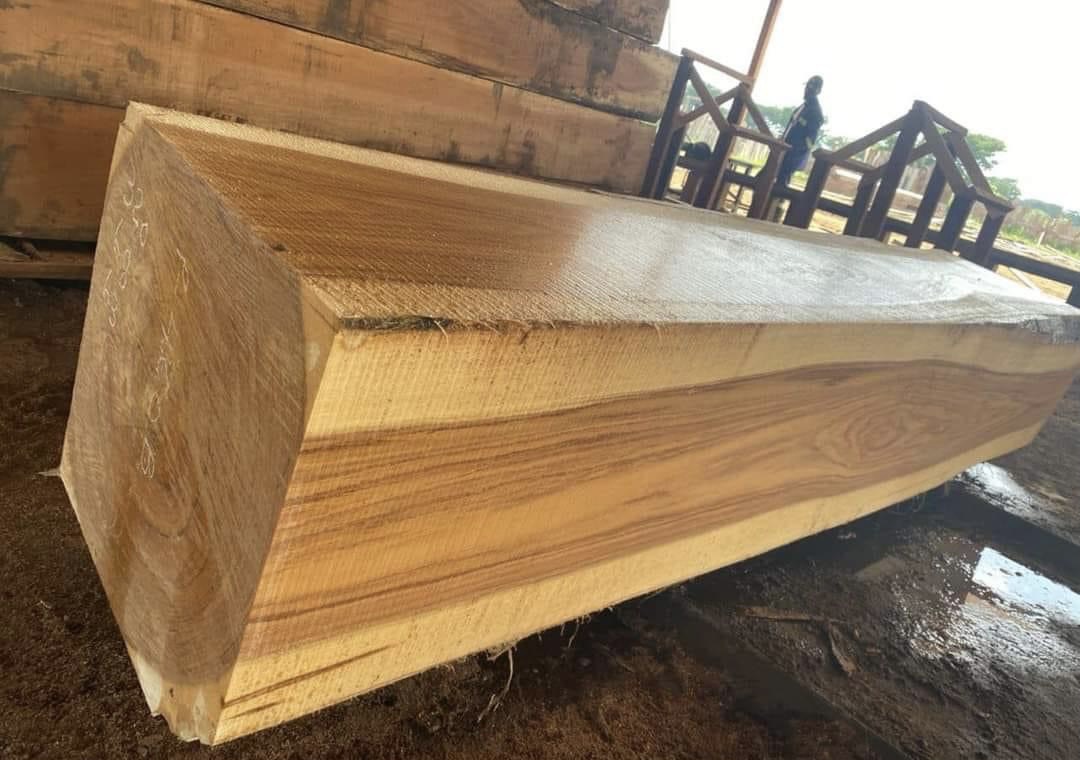

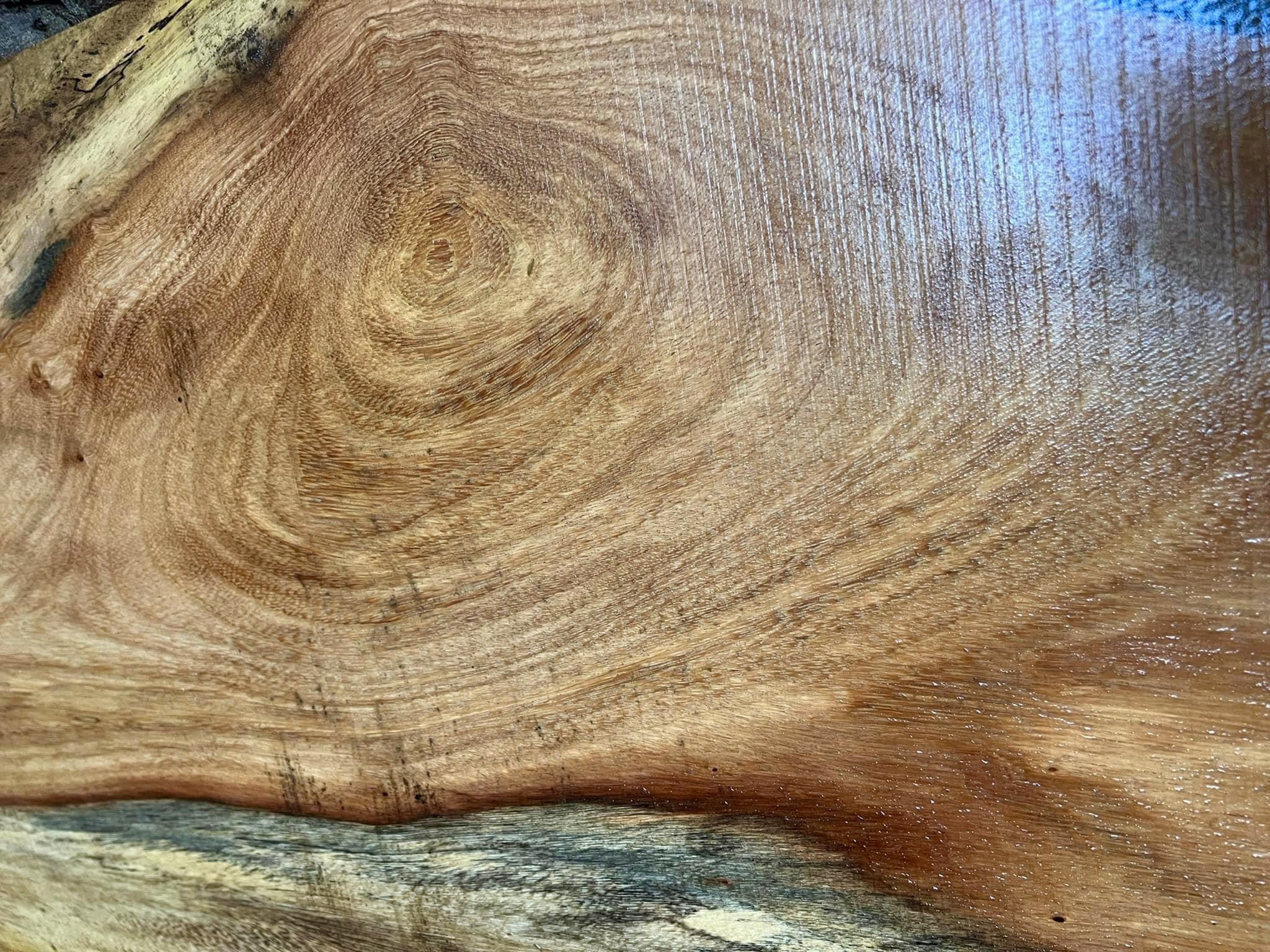
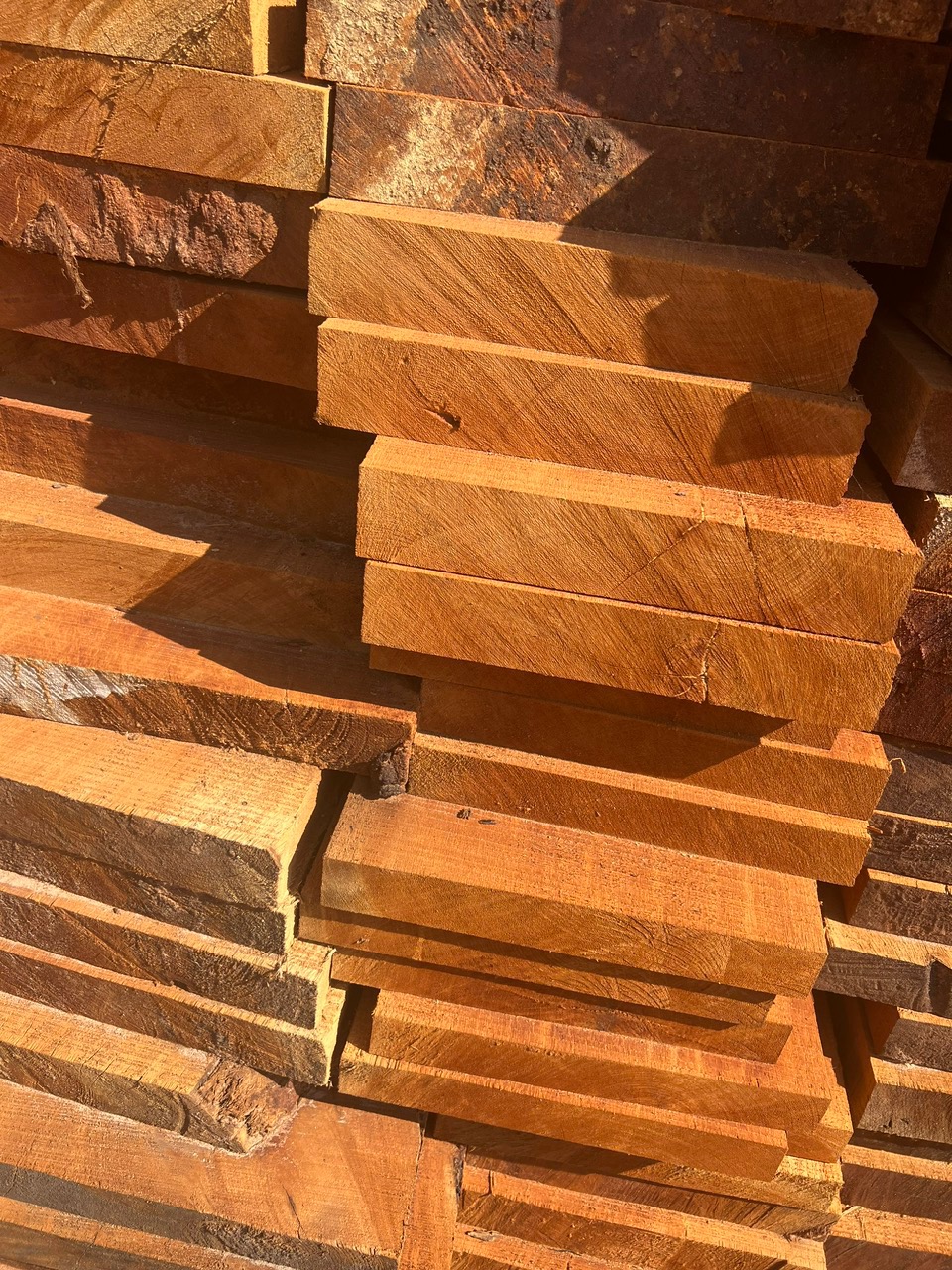

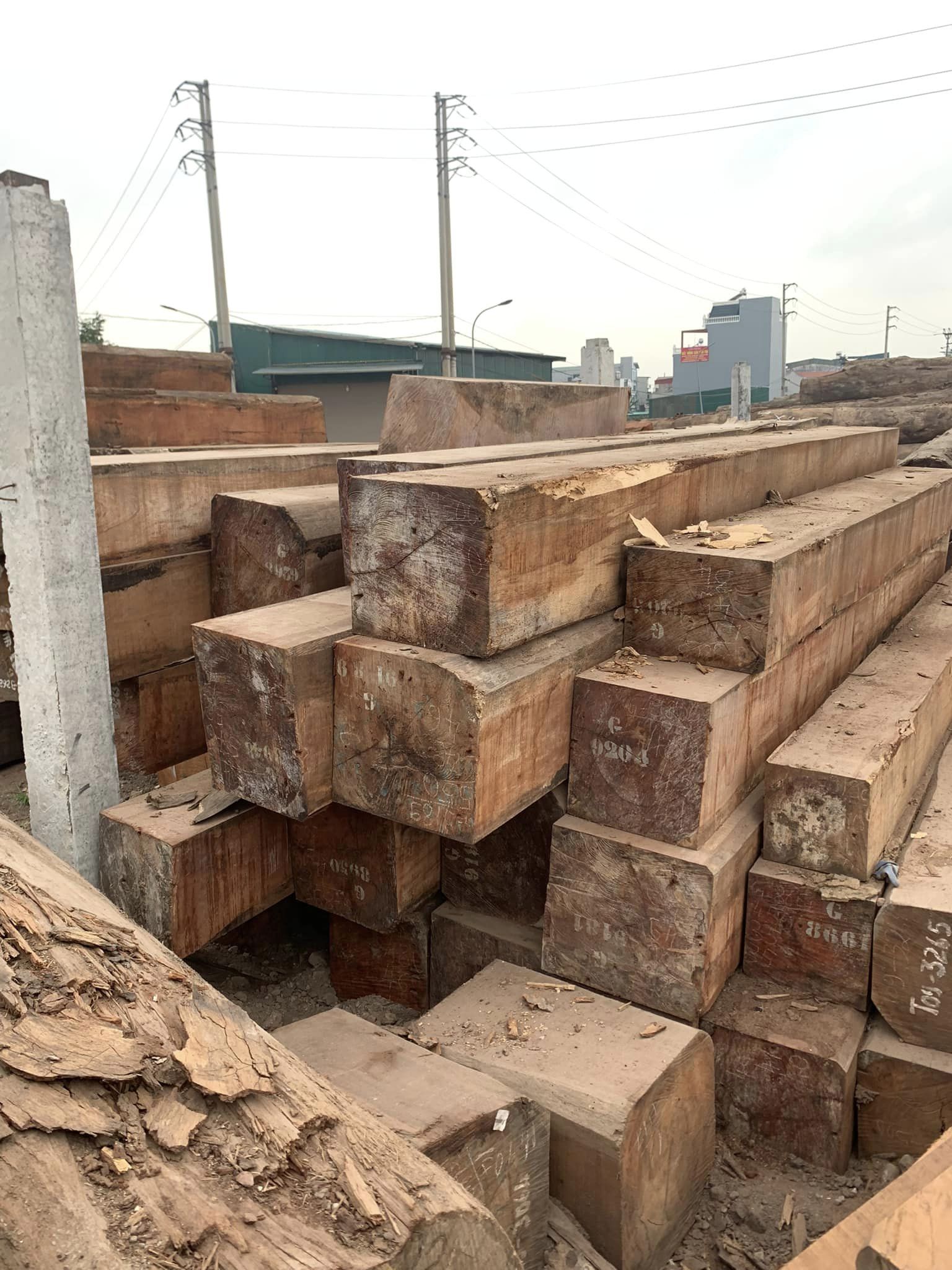
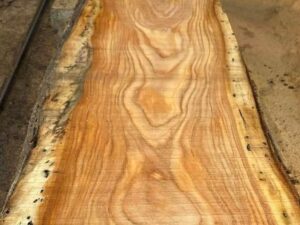
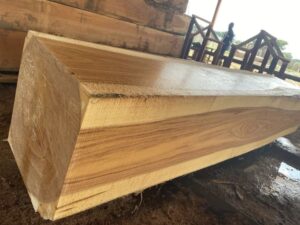
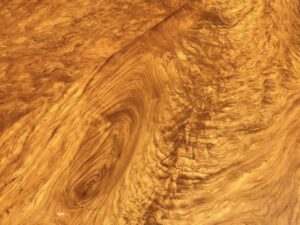
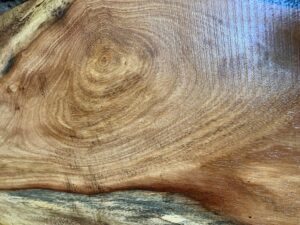
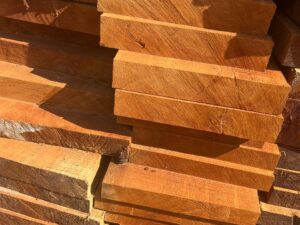
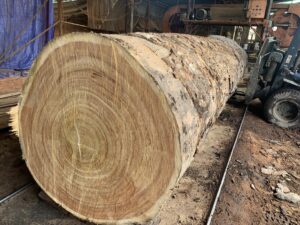
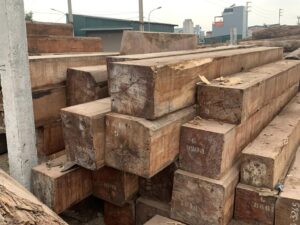

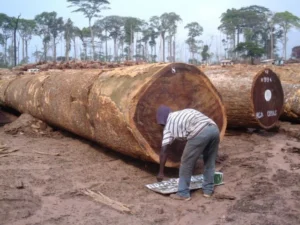
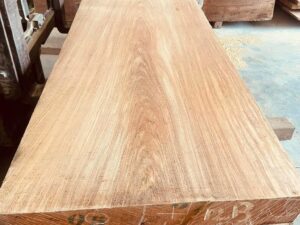
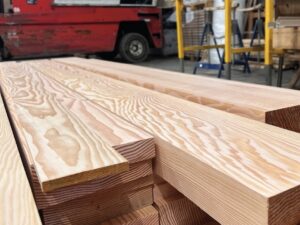

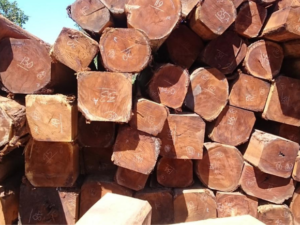
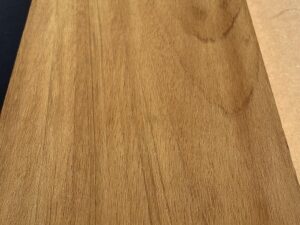
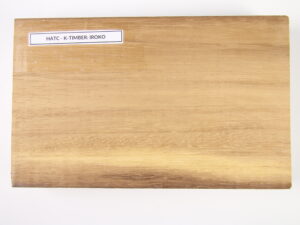
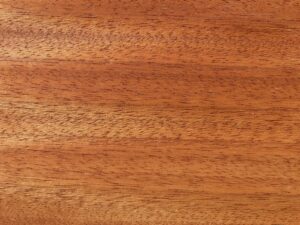

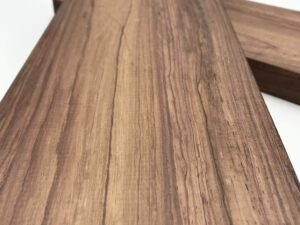

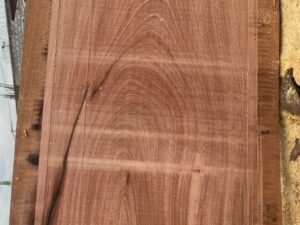
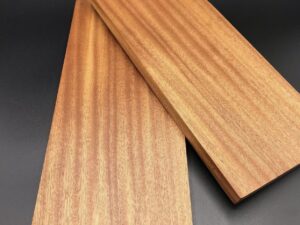
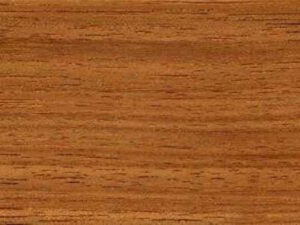
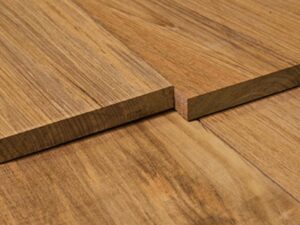
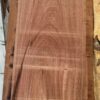
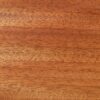
Reviews
There are no reviews yet.